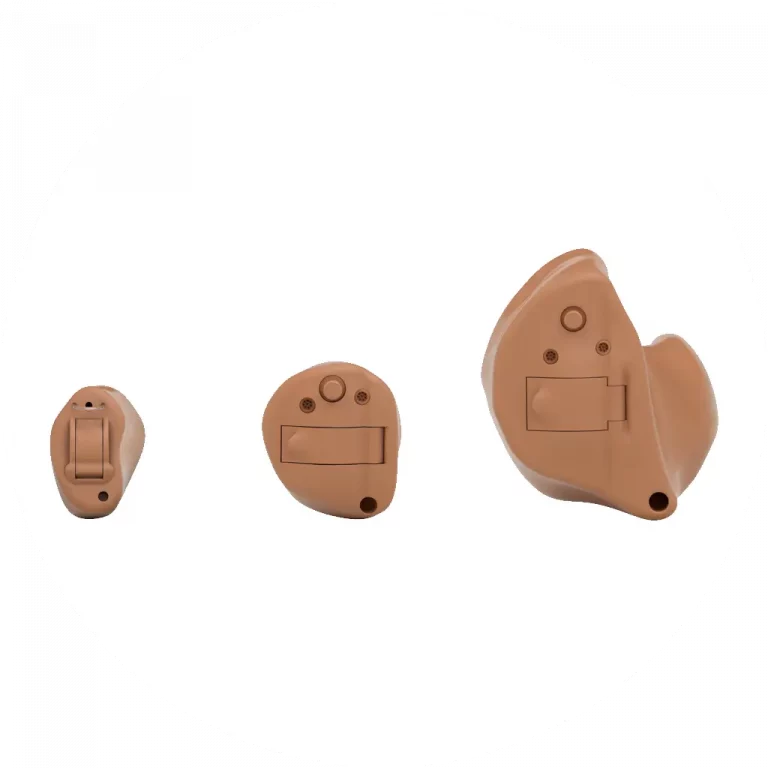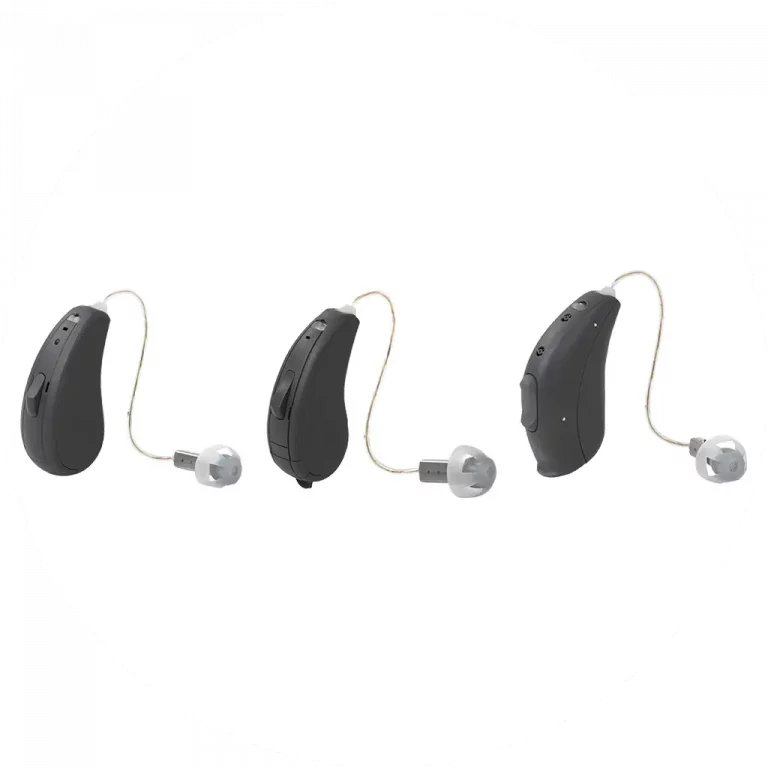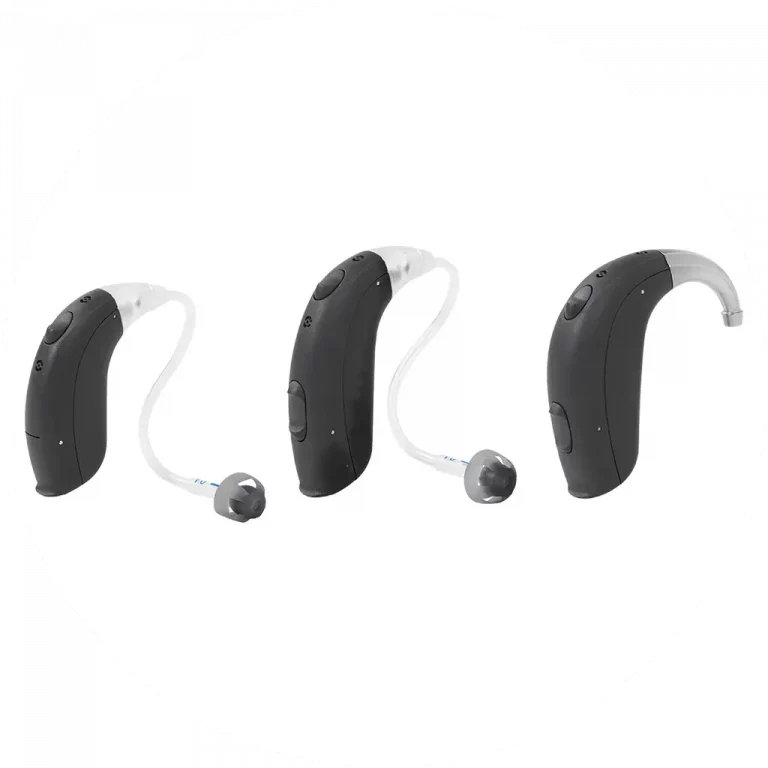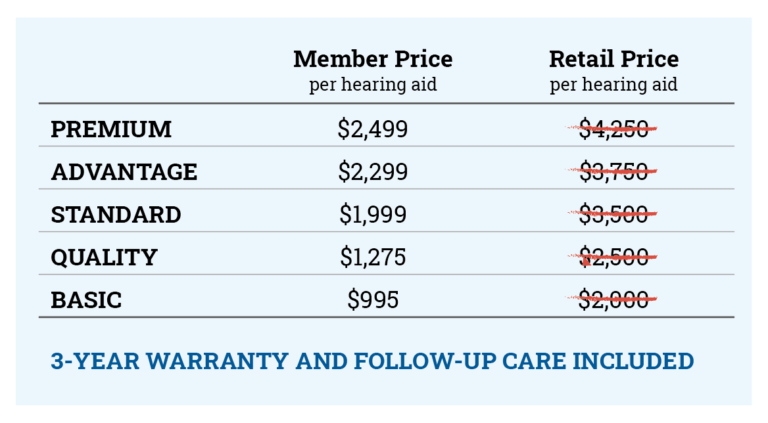

Welcome Texas Farm Bureau Members!
As a member of the Texas Farm Bureau, you have access to the Great Hearing Benefits program. Great Hearing Benefits provides you and your immediate family members access to hearing care and hearing aids at discounted rates, potentially saving you thousands on hearing health care.
See for yourself!
Texas Farm Bureau Member Benefits
- Get up to 25% below retail pricing on Jabra consumer electronics, office and communication technology.
- Get up to 50% off retail pricing on today’s top hearing aid technology, with prices as low as $995!¹
- Free 60-day trial. If you are not satisfied with your new hearing aids within the first 60 days, return them for a full refund.
- 3-year warranty and service plan. Visit any one of our participating partner locations for free hearing aid service or warranty repair. If your hearing aids are lost, stolen or damaged within the first three years, we’ll replace your hearing aids!²
- 4,500 hearing care locations nationwide. Visit any of these locations to receive excellent care as you embark on your hearing health journey.
- Share your benefits with up to three immediate family members.³
¹Fitting fee may apply. ²Deductible required. ³Immediate family members include father, mother, husband, wife, son, daughter, brother, sister, grandfather, grandmother, father-in-law, mother-in-law, sister-in-law, brother-in-law, and domestic partner and civil unions recognized under State law.



How to Use Your Hearing Care Benefits
Ready to take advantage of the Great Hearing Benefits program available through your Texas Farm Bureau discount plan? Getting started is easy. Contact us today to schedule your hearing evaluation at one of our 4,500 hearing care locations.
What to Expect During Your Hearing Screening Appointment
Step 1: Review your health history and lifestyle.
Your hearing evaluation will begin with your hearing care professional learning about your health history and lifestyle. These details play a role in determining which type of hearing will be best for you, if you have a hearing loss.
Step 2: Complete a hearing evaluation.
Your hearing care provider will use an audiogram to diagnose whether or not you have a hearing loss.
Step 3: Understand your audiogram results and choose the appropriate hearing solution.
Once the evaluation is completed, your hearing care provider will review your results, and if needed, recommend a hearing aid solution that fits your needs, lifestyle and budget. There is no obligation to buy.
Are You Experiencing Hearing Loss?
Not sure if you have hearing loss? Here are some questions to ask yourself:
✔ Does speech sometimes sound muffled, or do you often find yourself turning up the TV volume?
✔ Do you frequently ask the people around you to speak more slowly and clearly?
If you answered yes to any of these questions, you could be experiencing hearing loss. Reach out to us today to schedule an evaluation with a hearing care professional at any one of our 4,500 nationwide locations.

Types of Hearing Aids

Custom
Featuring some of the smallest styles available, custom hearing aids are made to fit the user’s ear anatomy for exceptional comfort and sound quality. Custom hearing aids are best suited for those with mild to moderate-severe hearing loss.

Receiver-in-Ear (RIE)
Virtually invisible, RIE, also known as Receiver-in-Canal (RIC) hides behind the ear and connects via a small tube to a tiny speaker in the ear canal. RIE/RIC is designed for mild to severe hearing loss.

Behind The Ear (BTE)
These models are slightly larger than RIE products and fit comfortably behind the ear. They offer the most power and are appropriate for the entire spectrum of hearing loss, from mild to profound.


